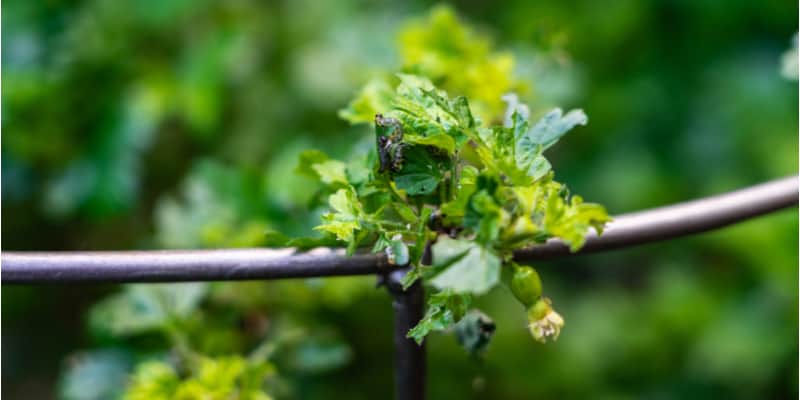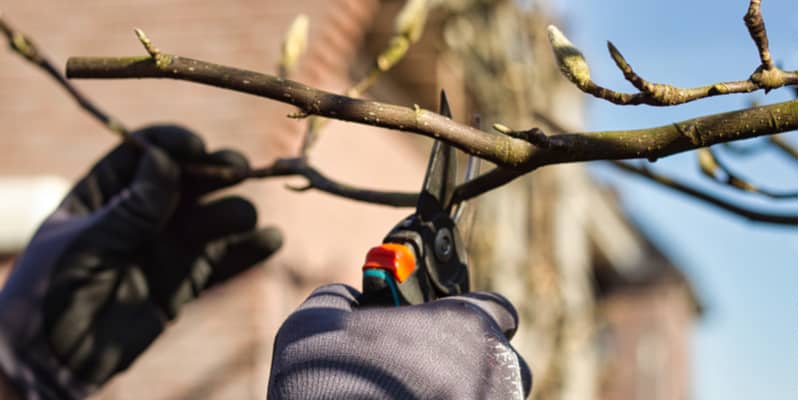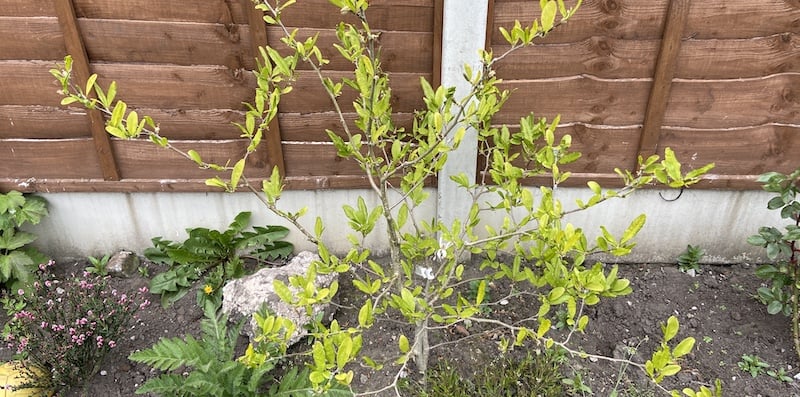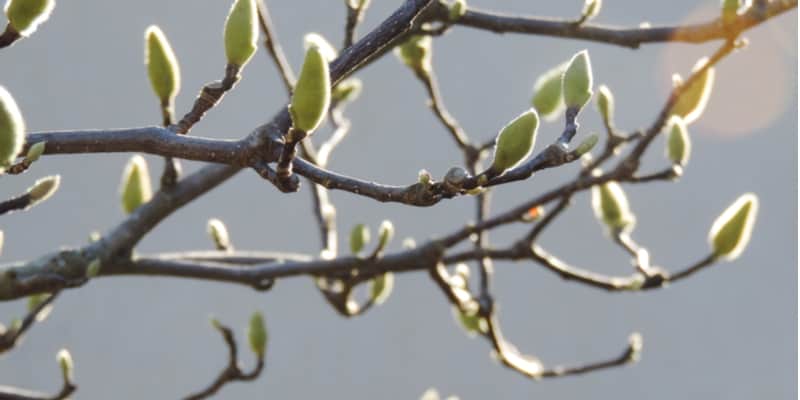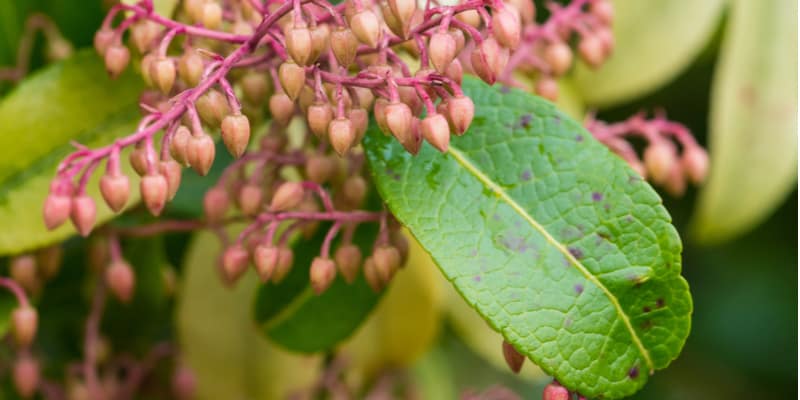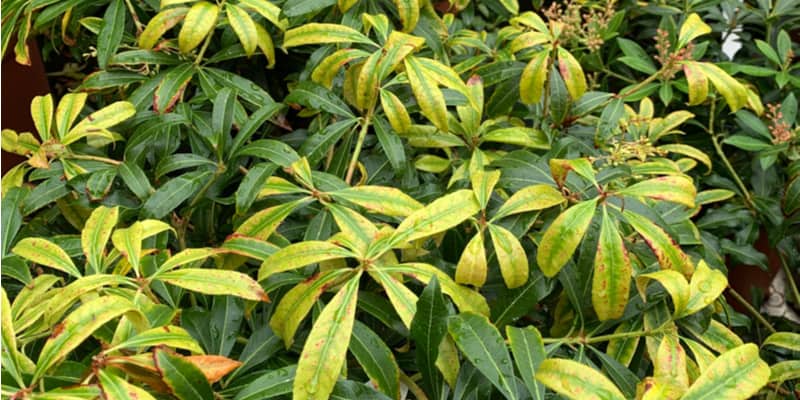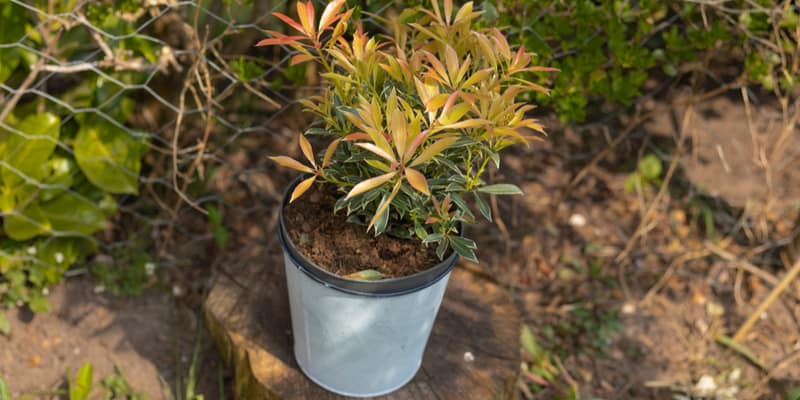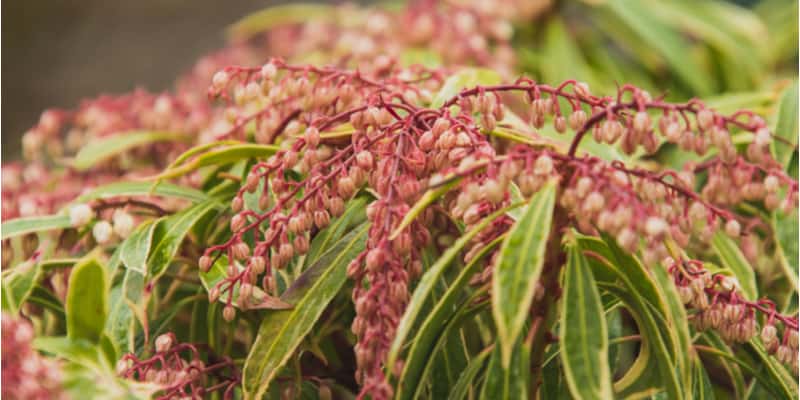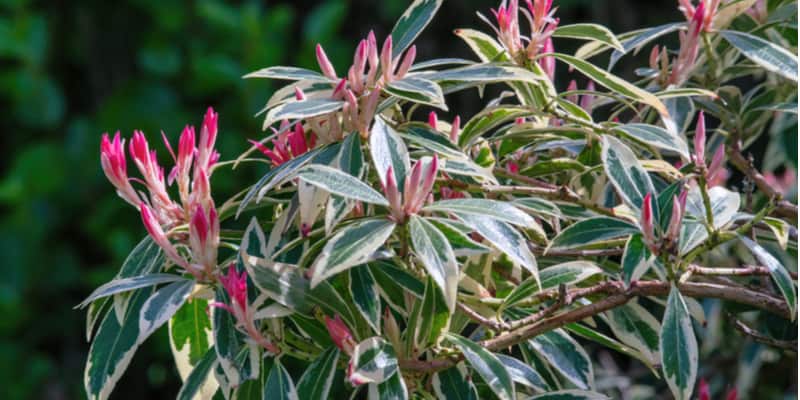Why are my leaves curling on my gooseberries?
Leaf curling of gooseberry leaves can either be upwards or downwards depending on a number of factors that affect your gooseberries. They could be nutritional deficiencies, disease or infection, insects, abiotic discharge, waterlogged soil, dehydration and dare I say it, even climate changes. Insect infestation and, in particular, aphids, are usually the first culprit at the first sign of leaf curling, usually affecting the new growth at the tips of the branches. I would say 90% of the time, aphids…
